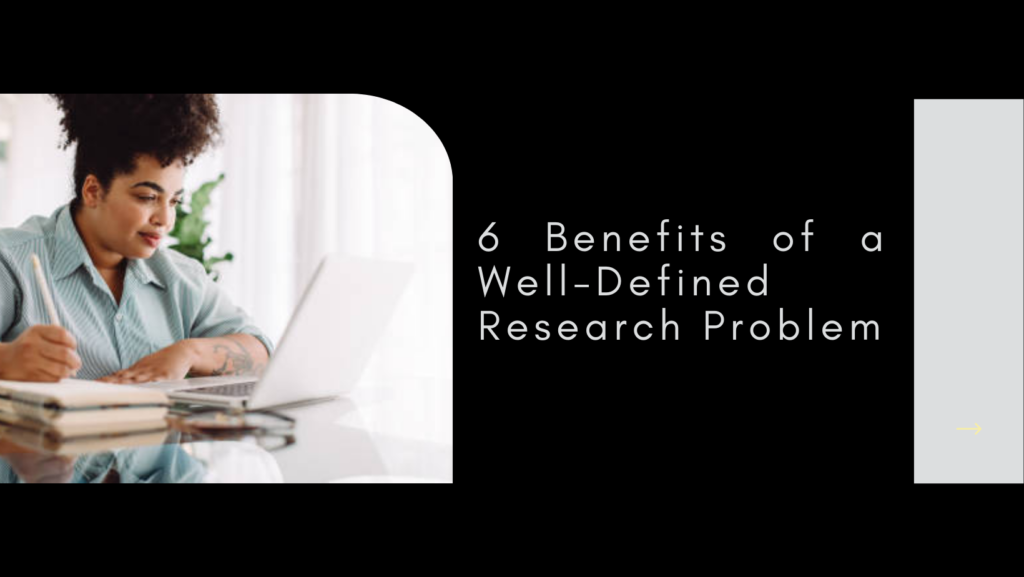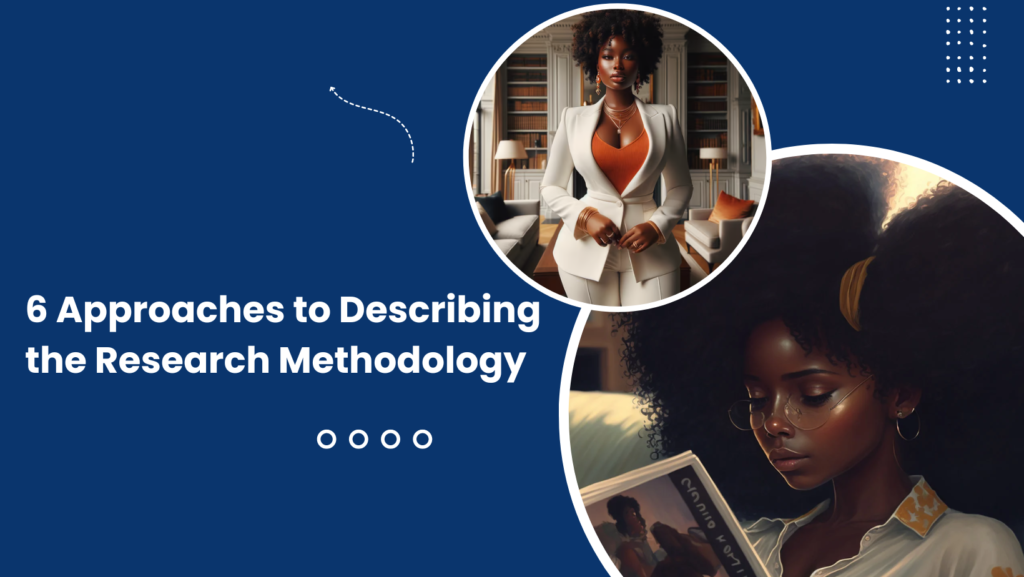
Menu
Facebook-f
Twitter
Google-plus-g
5 Approaches to Background Information
5 Approaches to background information
Certainly! When it comes to providing background information in academic or research contexts, there are several approaches that can be utilized depending on the nature of the study and the audience. Here’s a detailed explanation of different approaches to background information:
1. Historical Context
Exploring the historical context of a research topic involves tracing its development over time to understand how it has evolved and the factors that have shaped its current state. This approach provides insights into the origins of key concepts, theories, or phenomena that form the basis of the study. By examining historical precedents and milestones, researchers can identify pivotal moments, influential figures, or paradigm shifts that have influenced scholarly discourse and practical applications in the field.
For example, in a study investigating the impact of artificial intelligence on workforce automation, understanding the historical development of computing technology, automation practices, and labor economics provides a backdrop for analysing current trends and predicting future implications. By exploring historical case studies or technological advancements, researchers can contextualize the rapid advancements in AI and automation within broader societal and economic contexts, such as the Industrial Revolution’s impact on labor markets.
2. Literature Review
A literature review is a systematic examination and synthesis of existing research, scholarly articles, and theoretical frameworks relevant to the research topic. This approach involves identifying key studies, methodologies, findings, and debates in the field to establish a foundation of knowledge. A comprehensive literature review serves several purposes: it demonstrates the researcher’s familiarity with the current state of research, identifies gaps or contradictions in existing literature, and justifies the significance of the study by highlighting unanswered questions or emerging trends.
For instance, in a study on the effectiveness of mindfulness-based interventions in reducing stress among healthcare professionals, a thorough literature review would summarize previous research on mindfulness techniques, stress management strategies, and healthcare provider well-being. By synthesizing empirical evidence and theoretical frameworks from psychology, medicine, and organizational behavior, researchers can position their study within a broader interdisciplinary context and identify opportunities for contributing new insights or methodologies.
3. Theoretical Framework
Utilizing a theoretical framework involves applying established theories, models, or conceptual frameworks to guide the research design, data analysis, and interpretation of findings. This approach provides a theoretical lens through which researchers can conceptualize their study, formulate hypotheses, and interpret empirical results within a structured framework of understanding. By grounding the study in theoretical principles, researchers can articulate the relationships between variables, predict outcomes, and generalize findings to broader contexts.
For example, in a study investigating consumer behavior towards sustainable products, researchers may draw on theories from environmental psychology, behavioural economics, or marketing to explain consumers’ decision-making processes. By integrating theories of consumer attitudes, social norms, and environmental consciousness, researchers can explore factors influencing purchase intentions and sustainability preferences among consumers.
4. Contextual Background
Providing contextual background involves discussing the broader social, economic, political, or cultural factors that influence the research topic. This approach situates the study within its societal context and identifies relevant issues, trends, or challenges that shape the research landscape. By examining contextual factors, researchers can explain why certain phenomena occur, highlight societal impacts, or identify policy implications that affect research outcomes.
For instance, in a study on urbanization and public health, contextual background may include demographic trends, urban planning policies, healthcare infrastructure, and socio-economic disparities in urban settings. By examining how rapid urbanization affects health outcomes, access to healthcare services, and environmental quality, researchers can address complex issues such as urban sprawl, air pollution, or social determinants of health.
5. Practical Application
Discussing practical applications demonstrates how research findings can be applied to address real-world challenges, improve policies, or enhance practices in relevant fields. This approach emphasizes the relevance and potential impact of research by illustrating its implications for stakeholders, decision-makers, or practitioners. By highlighting actionable insights or recommendations derived from research findings, researchers can advocate for evidence-based practices and inform strategies for addressing societal or organizational needs.
For example, in a study on educational interventions for children with learning disabilities, practical applications may include recommendations for inclusive teaching strategies, educational policies supporting diverse learners, or professional development programs for educators. By translating research findings into actionable steps, researchers can contribute to improving educational outcomes, promoting social equity, and advocating for inclusive education practices.
Conclusion
In conclusion, each approach to providing background information—historical context, literature review, theoretical framework, contextual background, and practical application—serves a distinct purpose in framing research studies and establishing their significance. By integrating these approaches cohesively, researchers can contextualize their research within disciplinary knowledge, address gaps in understanding, and contribute to theoretical advancements and practical applications in their respective fields. Moreover, these approaches enhance the clarity, relevance, and impact of research findings, fostering broader implications for academic scholarship, policy development, and societal practices. Researchers should strategically select and integrate appropriate background information approaches based on the nature of their study, audience expectations, and disciplinary conventions to effectively communicate the importance and relevance of their research to diverse audiences.
Address List
-
Makerere Hill Road, Ham Towers -
+256-703947778 -
info@professionalwriters.shop
Social Networks
Links List
Professional Writers Inc.
Turning Ideas Into Reality
Online Research Writing Training [Free]






























